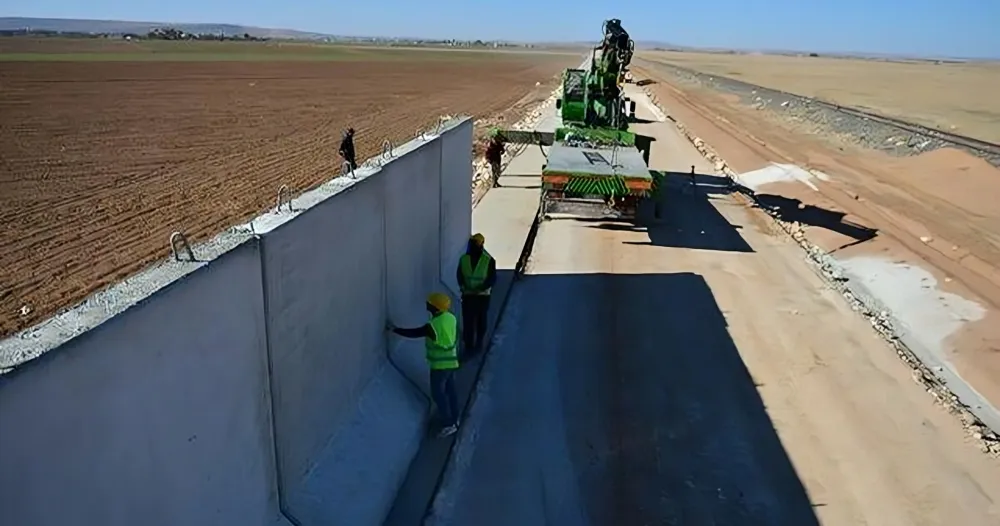Iran has begun building a wall along its border with Afghanistan. This decision stems from security concerns, smuggling, and a growing refugee crisis. Tensions between the two countries have also played a role.
Border Challenges and Security Concerns
The Iran-Afghanistan border, spanning 900 kilometers, has long been a difficult area to manage. Smuggling, especially of drugs, and illegal crossings are widespread. Iran’s strict laws have not curbed these issues, prompting stronger measures.
Refugee Influx Strains Resources
Since the Taliban took control in 2021, Iran has faced a surge of Afghan refugees. These displaced people, fleeing war and poverty, have overwhelmed eastern provinces such as Sistan-Baluchestan and Khorasan. Iran, already burdened by sanctions and domestic challenges, has struggled to accommodate them.
Rising Tensions with the Taliban
Disputes over water rights from the shared Helmand River have further strained relations between Iran and Afghanistan. Recent skirmishes along the border have heightened tensions. The construction of the wall may signal increasing distrust toward the Taliban government.
Terrorism and Border Security
Iran fears the spread of terrorism from Afghanistan, particularly from extremist groups like ISIS affiliates. The wall is intended to strengthen border security and prevent the infiltration of these groups. Surveillance technology and fortified posts will also be implemented.
Humanitarian Concerns
Human rights groups have raised concerns about the wall’s impact on Afghan refugees. The barrier may force many to seek dangerous, irregular routes, putting their lives at greater risk. Critics argue that while borders must be secured, refugee rights should also be considered.
Conclusion
Iran’s wall may address short-term security needs but risks worsening the humanitarian crisis. Tensions with the Taliban may also escalate as the situation along the border evolves.



